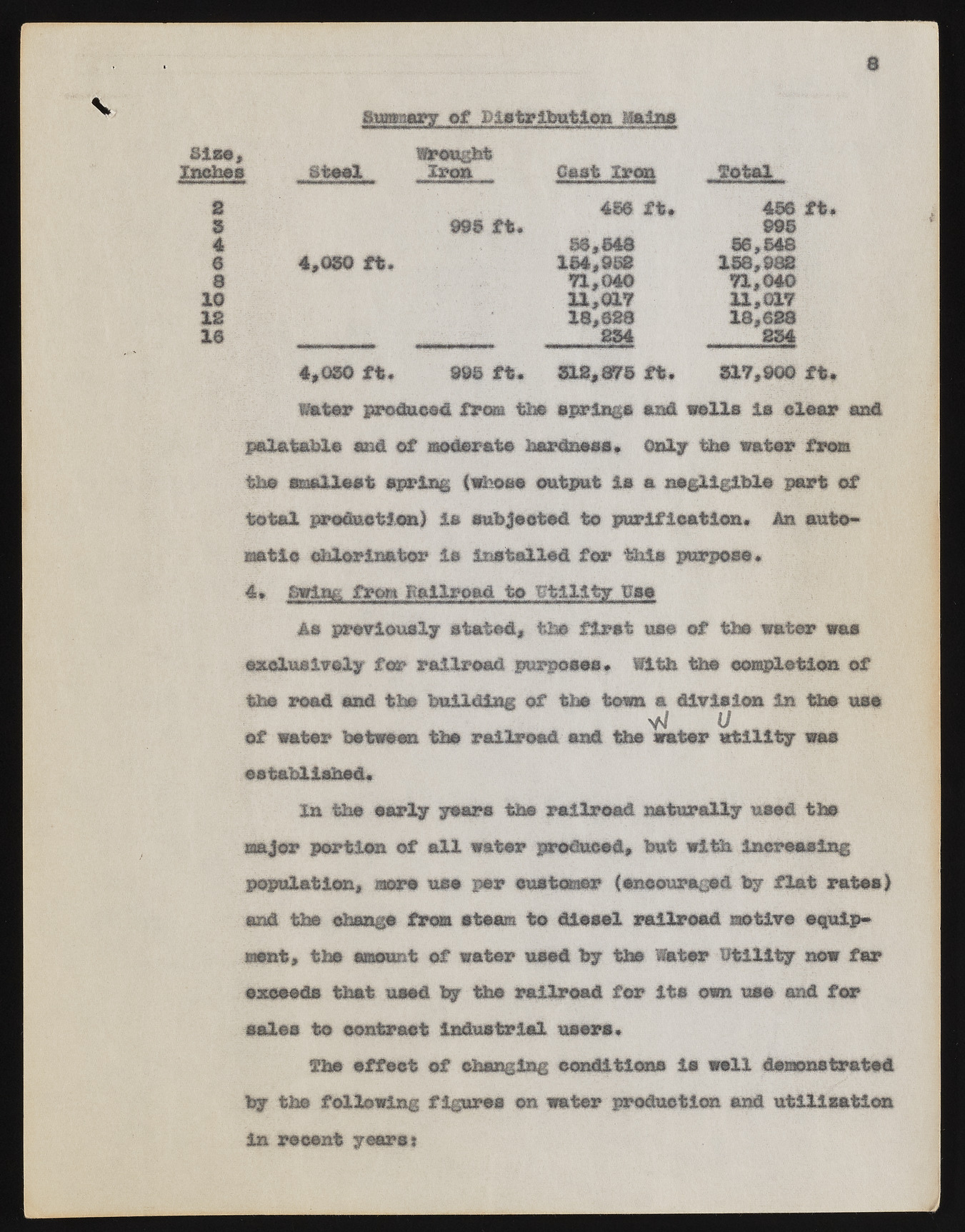Copyright & Fair-use Agreement
UNLV Special Collections provides copies of materials to facilitate private study, scholarship, or research. Material not in the public domain may be used according to fair use of copyrighted materials as defined by copyright law. Please cite us.
Please note that UNLV may not own the copyright to these materials and cannot provide permission to publish or distribute materials when UNLV is not the copyright holder. The user is solely responsible for determining the copyright status of materials and obtaining permission to use material from the copyright holder and for determining whether any permissions relating to any other rights are necessary for the intended use, and for obtaining all required permissions beyond that allowed by fair use.
Read more about our reproduction and use policy.
I agree.Information
Digital ID
Permalink
Details
More Info
Rights
Digital Provenance
Publisher
Transcription
S m m m of i)lstrlbation Mains dies* Inches steel ,fl iron; Oast ( m fobe^. 2 456 ft. 466 ft 5 998 ft. 996 i @6,643 66,648 ® 4,060 ft. 164,958 168,988 8 71,04© 71,040 10 11,01? 11,017 18 18,638 18,698 16 984 884 4,0S0 ft. 995 ft. 318,m ft. 917,900 ft produced I t a the springs end veils is clear and palatable ®®§ of moderate hardness. toly tbs water from the a^sllest spring (shoes output is s negligible part of total jroduetloa) is subjected to purification. An automatic ehlorinator is installed for feti purpose* 4» g*wia& from Ballrpad to utility use As previously stated, the first use of tbs water was exclusively for railroad purposes * H t b tb© completion of tbs road and tbs building of tbs town a division in tbs use of water between tbs railroad and tbs Wwa ter 1u/tility was established* In tbs early years tbs railroad naturally used tbs major portion of all water produced, but with increasing population, sore use per euaturner (encouraged by flat rates) and tbe change from steam to diesel railroad no tire equip* went, tba m m m t of water used by tbs Water Utility now for exceeds that used by tbs railroad for its own use and for sales to contract industrial users. Tba offset of changing conditions is well deiaonstrated by tbs following figures @n water production and utilisation in resent years*

